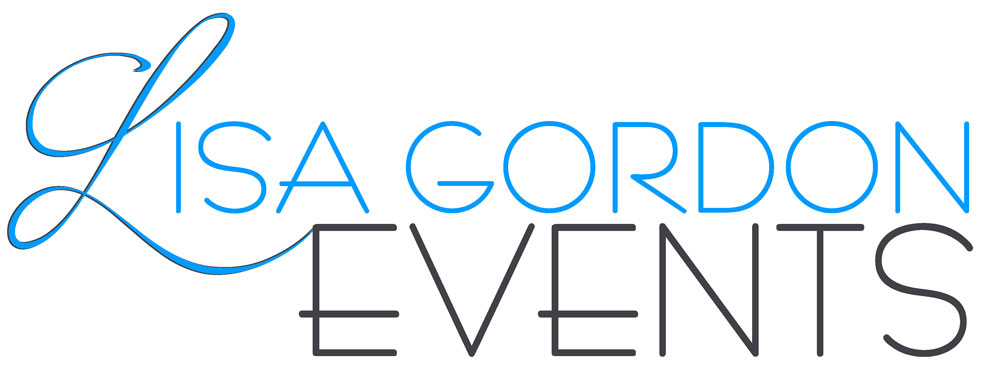This is part three of this series on budget party planning. Here’s an in-depth look at budgeting for the food at your event:

Photo courtesy of Artisan Events, Inc.
One very important thing you can do to control your catering costs is to have a fairly firm budget number in mind before you talk to a caterer. Every client I have ever told this to says, “But I don’t know what it costs.” That’s the secret: You tell the caterer how much you want to spend and it is up to them to come up with a menu within your budget. Don’t expect caviar on a frugal budget, of course, and do discuss your target budget number with any potential caterer. A good one will be able to tell you if what you are asking for is even reasonable. If you don’t go in with a budget number, they will start at the high end. You can make adjustments as you go along, of course, but it is easiest to start with your budget amount.
One way to think about your catering budget is to break it down into two (or three parts). First, consider how much per person you want to spend on food alone. Compare your per person price to what you might pay in a restaurant. At a highest-end restaurant, you could easily spend $100 per person for dinner, or more. But at a high quality neighborhood restaurant, you can get away with $40 per person. Of course, the prices at a restaurant also include a different kind of overhead from the caterer, but this gives you a way to start thinking about the costs. Float a per-person number with any caterer you talk to and see if they think they can come up with a menu in that price range. If three or four caterers find your numbers too low, you may have to increase them. But you should be able to find someone to work within any reasonable budget.
The second part of your catering budget is service–what you are paying for the chef, servers, and other kitchen workers. Most caterers charge service per worker per hour, and they will break this number down on your estimate. A less scrupulous practice is to charge service at a flat cost per guest. This method does not reflect the caterer’s actual expenses and may end up costing you more. A third method is to charge service as a percentage of food costs. If a caterer insists on charging a flat rate per guest and won’t give you actual service costs, consider looking elsewhere, unless you find that they actually have the best price.
If you want to cut down on service costs, you might consider buffet service, which requires fewer people to give smooth service. On the other hand, caterers generally must provide more food for a buffet than for plated service, which might offset the savings provided by fewer servers. Ask your caterer if buffet is an option for you and see if a buffet will offer you savings. It depends on a lot of factors: price of labor, price of food, number of guests, etc. A conscientious caterer can give you a comparison of the prices.
Depending on your venue and your caterer, the third part of any estimate you receive may be rental equipment charges. These charges should show up separately from food and service on your catering estimate. Some caterers will break out the rental list with prices for each item so you can see what they expect you to pay. Most caterers will not do this, however, and if you want to compare the details, you may need either a rental catalogue and an Excel spreadsheet or the help of a planner. I have actually broken down rental costs for a client and compared them to the prices I would expect to pay to help her to see the true costs of the proposal. Rentals can add up to a substantial sum of money, so don’t overlook the necessity if you are at a venue that doesn’t supply everything you need. There are ways to control cost here, too, although not as many. You can rent flat linens, instead of glossy, and you can rent the least expensive china, silverware, and glassware. You can also shop around among rental houses for good prices. Be aware, however, that there are rental companies that offer good prices but substandard service. Get recommendations or references for rentals so you are not stuck with poor service or dingy equipment.
Always start with your food budget number before you begin your shopping. You may have to revise this number as you get a feel for realistic costs, but don’t believe anyone who tells you that you can’t feed a crowd for less than $100 per person in food costs. If you are creative and are working with a flexible caterer, you can have a celebration to remember without breaking the bank.

Recent Comments